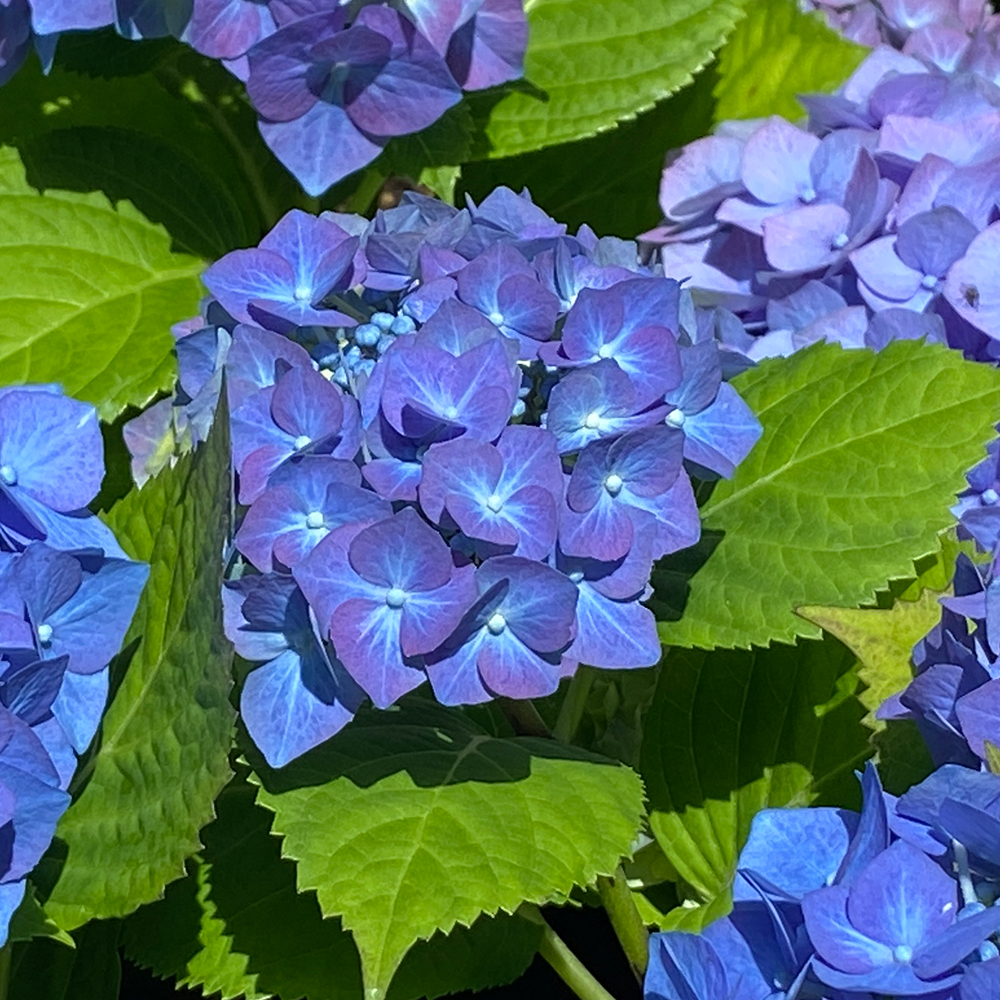Nun’s Orchid (Phaius tankervilleae)
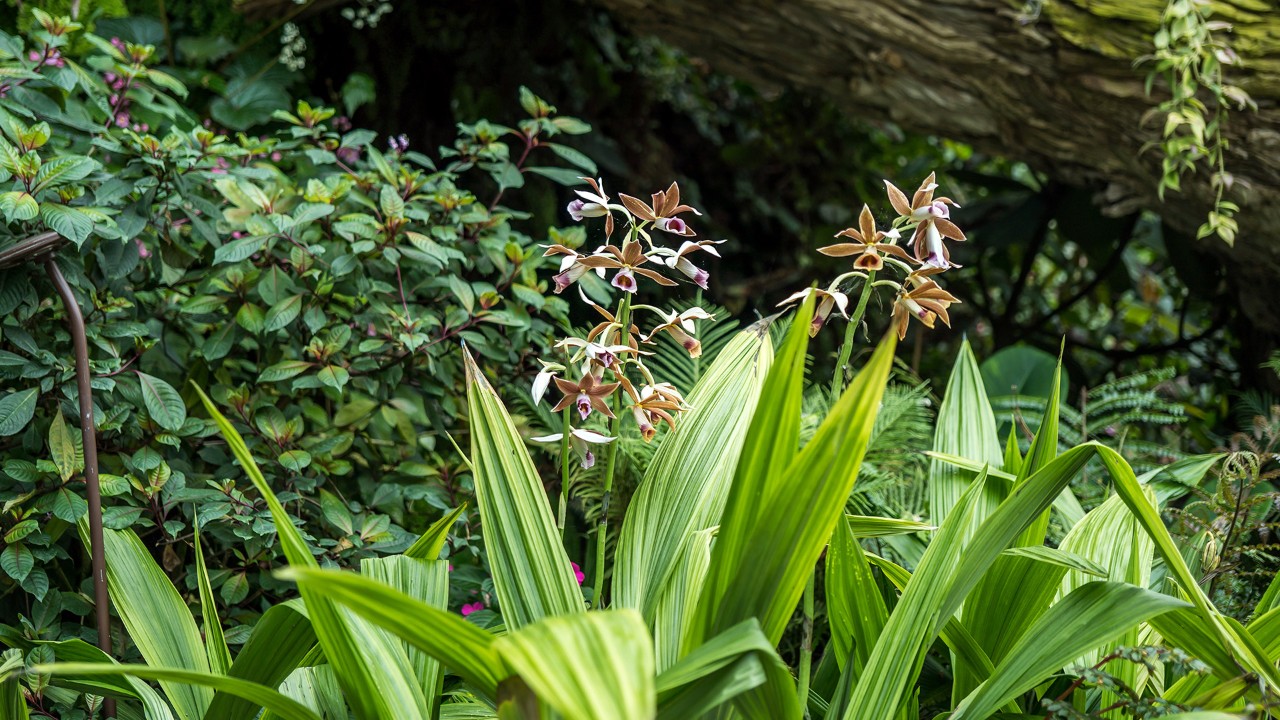 Phaius tankervilleae in bloom in the Cloud Forest.
Phaius tankervilleae in bloom in the Cloud Forest.
Known as the nun’s orchid, Phaius tankervilleae is a hot to cool terrestrial orchid originating from tropical and subtropical Asia to the South Pacific. This species can be found growing on lower montane woods and the moist depressions of grasslands and is highly adaptable as it can be found occurring at altitudes of up to 1300 meters.
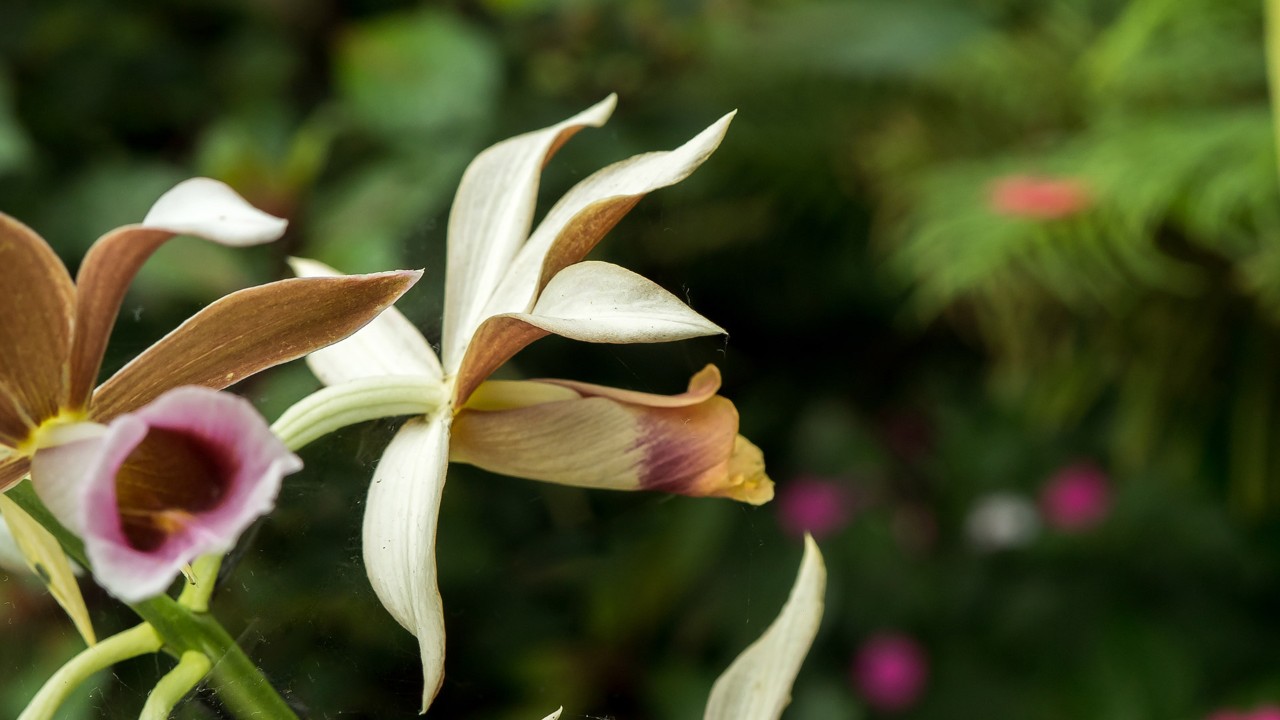 Closeup of the flowers. Don’t you think it resembles a nun’s veil?
Closeup of the flowers. Don’t you think it resembles a nun’s veil?
This species was first introduced from China to England in 1778 by John Fothergill, an English physician and plant collector. Named in honor of Lady Emma Tankerville, who had the orchid growing in her greenhouse when it first bloomed, this species has the distinction of being the first tropical orchid to sucessfully flower in England, about 250 years ago! The orchid was named after Lady Tankerville by Sir Joseph Banks, an English naturalist and botanist. The common name came about due to the hooded flowers resembling a nun’s veil. Its genus name is derived from the Greek word - phaios, which means ‘swarthy’, as the majority of the flowers in the genus are yellow-brown.
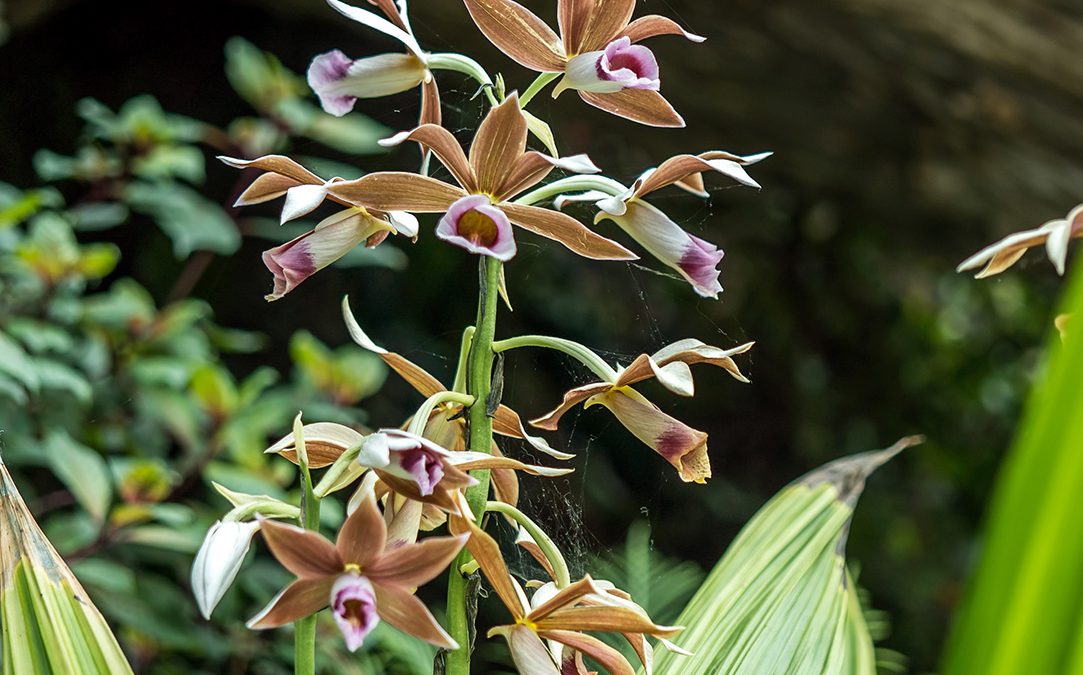 Inflorescence of Phaius tankervilleae.
Inflorescence of Phaius tankervilleae.
Unlike most orchids, Phaius tankervilleae has a unique way of vegetative reproduction that can be used for clonal propagation. After blooming and the flowers dropping, the inflorescence can be severed and placed horizontally in moist sphagnum moss, and new plantlets will grow from the old floral bracts after a while. Due to its ability to reproduce vegetatively, this species is actually considered an invasive threat to native species in some places like Hawai’i and Jamaica.
Find this beautiful brown orchid at Cloud Forest in the border beds to the right of the lift entrance before heading up to the Lost World!
Written by: Ng Yu Qin, Senior Horticulturist, Research and Horticulture
Yu Qin is always looking for ways to pick up new skills and put them to use. She spends most of her time with orchids and enjoys learning something new about them every day!
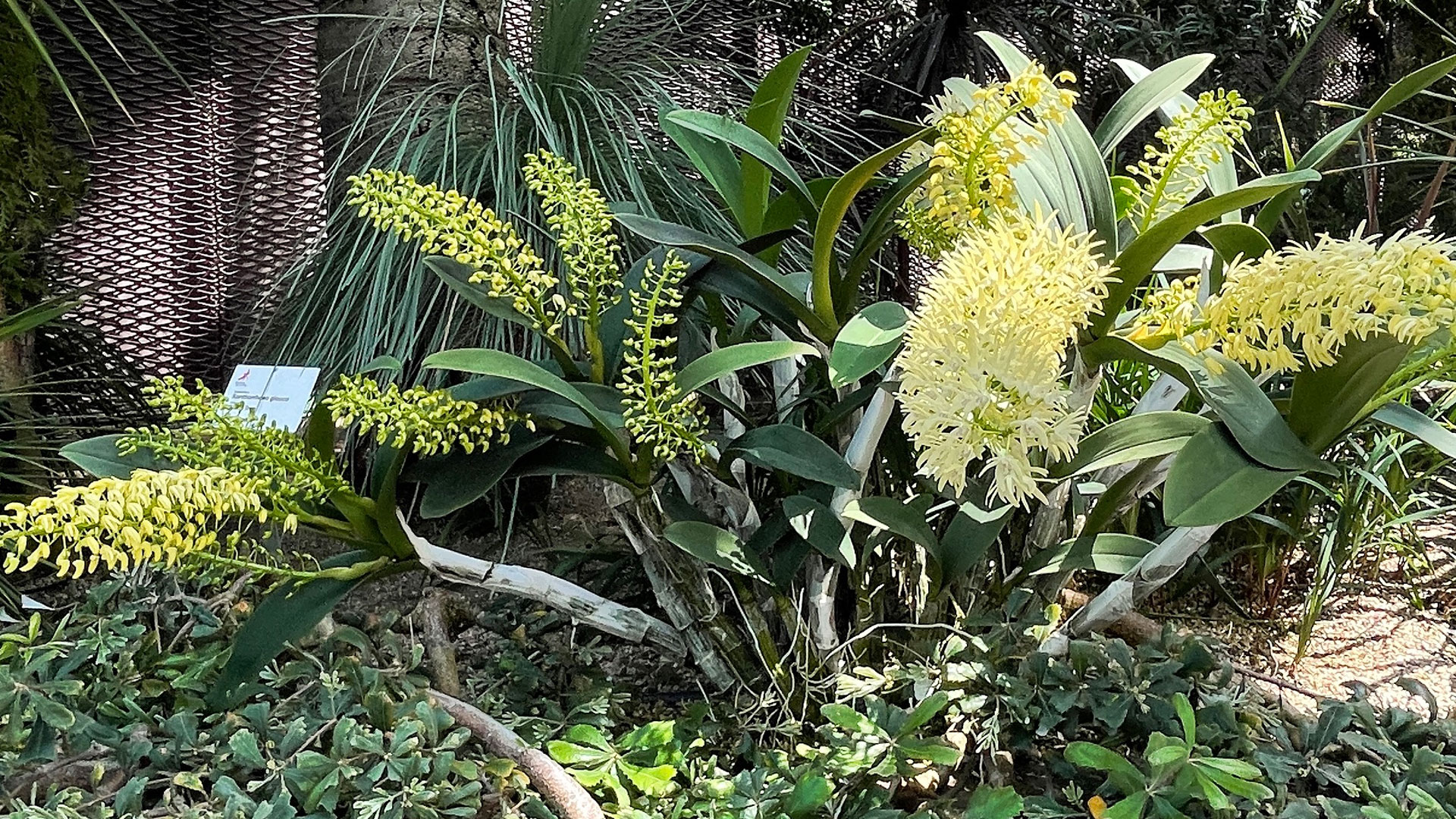
-/1000x1000-thumb-golden-lotus-banana.jpg)

